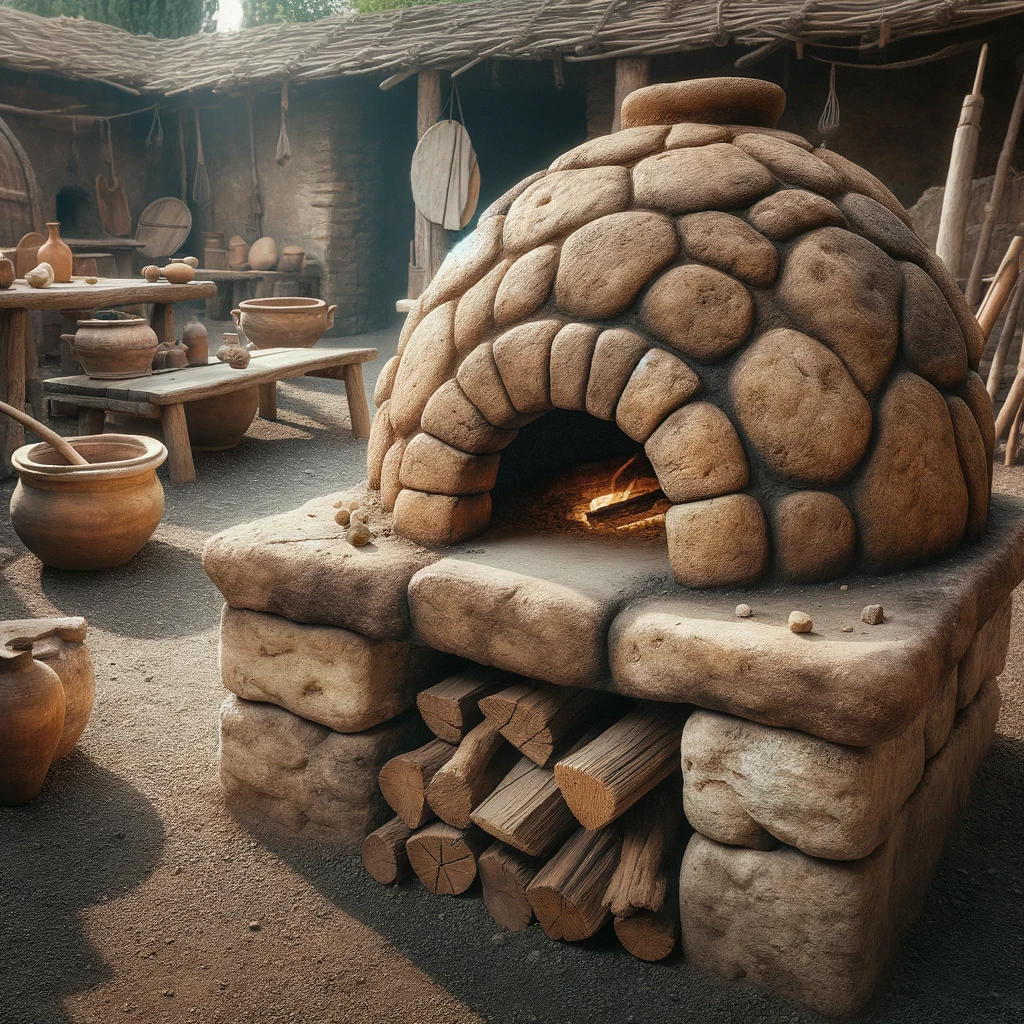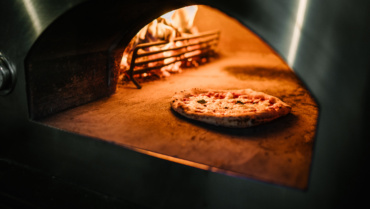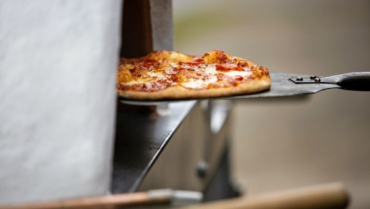The History of Wood Fired Ovens: A Timeless Tradition
Wood fired ovens are as ancient as civilization itself. These traditional ovens are not just tools for cooking but have served as historical keystones in the development of cooking and baking throughout human history. Today, they are celebrated for imparting unmatched flavor in dishes, particularly pizzas, and for their charming, rustic aesthetic. Let’s delve into the history of these fascinating ovens and discover how they’ve evolved over the centuries.
Origins and Ancient Use
The origins of wood fired ovens trace back to the early days of civilization. The earliest known ovens were discovered in Central Europe, dating back over 29,000 years. These were not the wood fired ovens we know today but were more rudimentary structures used to roast and bake over open fires. As civilizations advanced, particularly in Ancient Egypt around 3,000 BC, more sophisticated clay ovens were developed. These were the precursors to the wood fired ovens that would later become a staple in Roman culinary practices.
The Roman Influence
It was the Romans who really popularized the use of wood fired ovens, making them integral to their daily lives. These ovens were ingeniously designed to retain heat, with a domed structure made from stone or brick, which was then insulated with a layer of clay. The Romans used these ovens extensively for baking bread, a staple in their diet, which was a practice they spread throughout the Roman Empire. The remnants of these ovens can still be seen today in archaeological sites across Europe.
The Middle Ages to the Modern Era
During the Middle Ages, wood fired ovens were a common sight in England and across Europe. Every village had a communal oven where people brought their dough to be baked into bread. Over time, these communal practices gave way to individual ovens that were built in private homes.
The Renaissance period saw these ovens becoming increasingly elaborate, with more attention to design and efficiency. By the time of the Industrial Revolution, wood fired ovens had become more refined, though the advent of modern technologies introduced gas and electric ovens, which led to a decline in their use.
A Revival in Modern Times
In recent decades, there has been a significant revival of interest in wood fired ovens, driven by the artisanal food movement and a renewed appreciation for traditional cooking methods. Today, these ovens are celebrated for their ability to cook food evenly and impart a unique, smoky flavor that can’t be replicated with modern appliances. They are particularly beloved in the world of pizza making, where purists argue that the best pizzas are cooked in wood fired ovens, giving the crust a perfect char and a distinct crispiness.
Wood Fired Ovens Today
Modern wood fired ovens are a blend of ancient design and contemporary technology, made from materials that are both efficient at heat retention and aesthetically pleasing. They can be found in high-end restaurants, outdoor kitchens, and are also popular in homes. These ovens are not only used for baking bread and pizzas but are also excellent for cooking meats, vegetables, and even desserts.
Conclusion
The history of wood fired ovens is a testament to their enduring appeal and functionality. From their ancient origins to their modern-day renaissance, these ovens have played a significant role in culinary traditions around the world. They remind us of the timeless nature of cooking with fire, a method as old as humanity itself, which continues to bring people together over warm, delicious food.
Whether you’re a professional chef or a culinary enthusiast, the allure of wood fired ovens is undeniable, offering a connection to the past and a bridge to unforgettable dining experiences.




